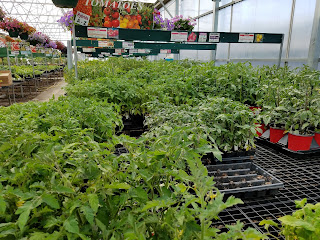Summer’s heat can stress your lawn in a number of ways. You may notice brown patches showing up. Your lawn may look weaker and lack the dark green color you’re used to seeing and no amount of water seems to improve the situation. Just like every other plant, tree and shrub in your landscape, your lawn will only do as well as the soil it’s growing in. If the soil wasn’t amended properly when your lawn was first planted, summer’s heat can bring on a myriad of problems, including brown patches, thin spots and turf die back. You know you have a problem when your grass looks bad no matter how much water you give it. Short of tearing your lawn out and starting over, there are steps you can take now to improve your soil and keep your lawn looking good through the summer season. Step one: core aerate. Core aeration will open up the soil, improve water and fertilizer utilization and reduce water runoff.
Step two, add humate to your soil by applying organic HuMic. Humate is basically super compost which improves soil structure, encourages root growth and helps your grass take up nutrients more efficiently. HuMic comes in granular form and is easy to apply, using your fertilizer spreader.
Step three, treat your lawn with Revive®. Revive® acts as a wetting agent. Simply put, Revive® helps water soak into the ground, down to the root zone, resulting in less evaporation and run off. Similar to HuMate, Revive® also helps grass take up nutrients. Revive® is available in granular and liquid form. Both are effective, though Revive® granular has the added benefit of a small amount of Nitrogen.
Step four, top dress with organic material. Top dressing is the process of applying thin layers of compost, worm castings or peat moss to your existing turf. Top dressing at regular intervals will help reduce the clay content in your turf grass soil and increase microbial population and activity. Microbes work to improve the relationship between turf grass roots, soil and nutrients. As a result, turf grass develops more vigor and stress tolerance, especially heat. A nice, thick lawn requires a health soil base. By taking the steps to build your soil, your lawn will thrive through the hot summer months ahead.
















